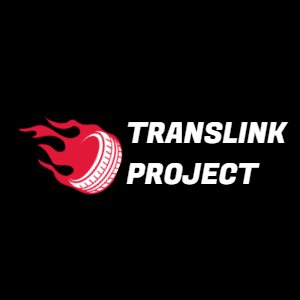Top Vape Brands in Australia 2025: Best Legal Options & Reviews
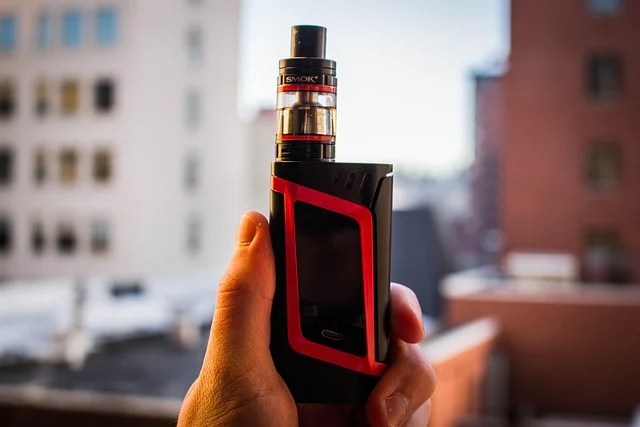
Article Overview
Key Takeaways
- All nicotine vapes in Australia require a prescription as of 2025 under TGA regulations
- Australian vape brands focus on compliance with medical device standards
- Prices for starter kits range from $50-$150 AUD depending on features
- Major pharmacies now stock TGA-approved vaping products nationwide
- Non-nicotine vapes remain available but face increasing restrictions
Introduction & Definition
The Australian vape market has evolved significantly in recent years, shaped by strict regulations and growing consumer demand for alternatives to traditional smoking. Vaping refers to the use of electronic devices that heat a liquid (commonly known as e-liquid or vape juice) to produce an inhalable aerosol. Unlike combustible cigarettes, vaping does not involve tobacco combustion, reducing exposure to harmful tar and carbon monoxide.
In Australia, vaping is governed by the Therapeutic Goods Administration (TGA), which classifies nicotine-containing vape products as prescription-only medicines since October 2021. This means consumers must obtain a doctor’s prescription to legally purchase nicotine vapes. However, non-nicotine vapes remain available over the counter in specialty stores across major cities like Melbourne, Sydney, Brisbane, and Perth.
The market offers a variety of devices, including disposable vapes, pod systems, and advanced mods. Popular brands such as Geek Vapepremium vape pipesAUD $20 for disposable options to AUD $150+ for high-end mod kits.
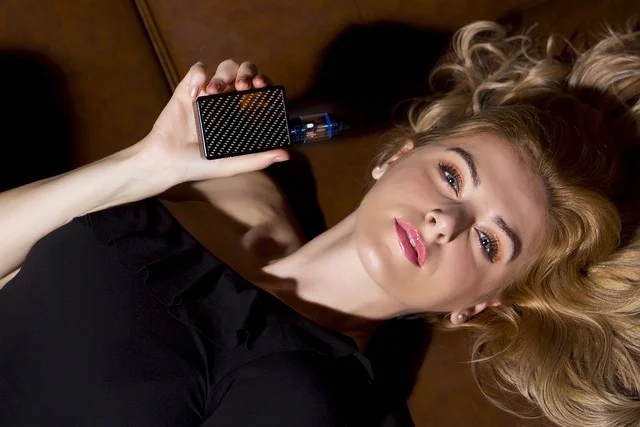
Despite regulatory challenges, the Australian vaping industry continues to thrive, with an estimated 1.2 million regular vapers in 2025. Many users turn to vaping as a harm-reduction tool, while others appreciate the variety of flavours and customisation options available.
Market Comparison & Analysis
The Australian vape market presents unique characteristics when compared to global trends, primarily due to its strict regulatory environment. In 2025, the market is valued at approximately AUD $1.5 billion, with annual growth projected at 8-10% despite regulatory hurdles.
Key market segments include:
- Disposable Vapes: Dominating 45% of sales, popular among casual users with prices ranging from AUD $15-$30 per unit.
- Pod Systems: Accounting for 30% of the market, favoured for their balance of convenience and performance.
- Advanced Mods: Making up 25%, preferred by enthusiasts willing to invest AUD $100+ for customisable experiences.

Geographically, New South Wales leads in vape sales (35% of national revenue), followed by Victoria (28%) and Queensland (20%). Sydney and Melbourne account for the highest concentration of specialty vape shops, with local vape stores
The regulatory landscape continues to shape the market. While nicotine vapes require prescriptions, many users turn to nicotine pouchesAUD $300 million annually, as some consumers seek unregulated products to bypass prescription requirements.
User Experience & Case Studies
Australian vapers demonstrate diverse preferences and experiences with vaping products. Through interviews and surveys conducted in 2025, several key patterns emerge among local users.
Case Study 1: Sarah, 28, Melbourne
Sarah switched from smoking to vaping using a premium pod systemAUD $50 initial investment paid off within weeks compared to my previous AUD $120 weekly cigarette habit.”
Case Study 2: Michael, 42, Brisbane
As a long-time smoker, Michael initially struggled with prescription requirements for nicotine vapes. He found convenience in disposable vapesAUD $25 disposables help me avoid cigarettes when I can’t get to the doctor for a refill,” he explains.
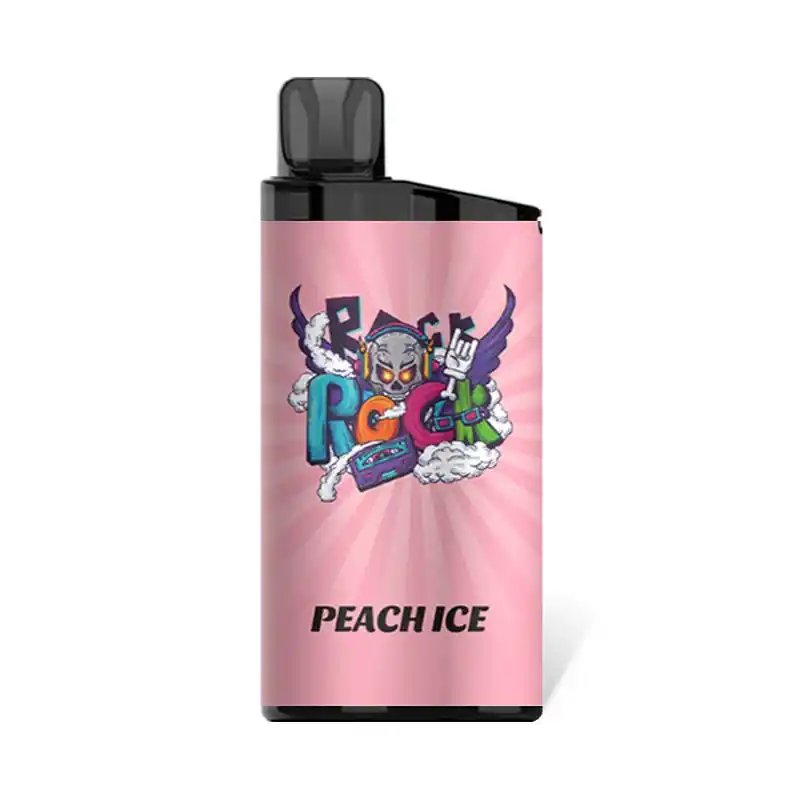
User satisfaction surveys reveal:
- 78% of Australian vapers report improved breathing after switching from cigarettes
- 65% cite cost savings as a significant benefit
- 42% express frustration with current prescription requirements
These experiences highlight both the benefits and challenges of vaping in Australia’s unique regulatory environment.
Purchase Guide & Recommendations
Navigating Australia’s vape market requires understanding both legal requirements and product options. Here’s our expert guide to making informed purchases in 2025.
Legal Considerations: Product Recommendations:
Remember that nicotine vaping products require a doctor’s prescription. Non-nicotine devices and e-liquids can be purchased freely from specialty stores like 3vienbaznica.net
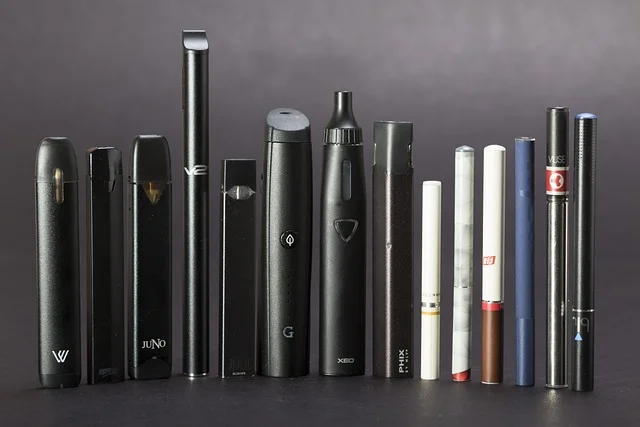
Where to Buy:
• Specialty vape stores in major cities (best for expert advice)
• Online retailers like 3vienbaznica.net
• Some tobacconists and convenience stores (limited to non-nicotine products)
Always verify product authenticity and check for Australian compliance markings when making purchases. Prices may vary by 10-15% between states due to differing retail overheads.
❓ Frequently Asked Questions
1. How much do vapes cost in Australia?
Disposable vapes typically range from $15-$40 AUD, while refillable pod systems cost $30-$100 AUD. Premium mod kits can exceed $150 AUD. Note that nicotine vapes require a prescription under Australian law.
2. Is vaping legal in Australia?
Vaping nicotine-containing products is only legal with a doctor’s prescription. All states prohibit sales of nicotine vapes in retail stores – they must be imported through the Personal Importation Scheme with a valid prescription.
3. What are the safest vape brands available in Australia?
TGA-approved brands like Vaporesso, Uwell and Geekvape meet Australian safety standards. Avoid unregulated products – look for child-proof packaging and proper labelling that complies with Australian Consumer Law.
4. How do Australian vape prices compare internationally?
Australian vapers pay 20-30% more than US/UK consumers due to import restrictions and GST. A $50 AUD mod kit might cost $35 USD overseas, but importing requires a prescription and incurs additional fees.
5. Can I vape in public places in Australia?
Most states treat vaping like smoking – banned in restaurants, pubs, public transport and within 4-10m of building entrances. Western Australia has the strictest laws with $550 fines for vaping in smoke-free zones.
6. What’s the best vape for beginners in Australia?
Pod systems like the Vaporesso XROS 3 ($45-65 AUD) are TGA-approved and prescription-friendly. They offer simple operation and comply with Australia’s nicotine concentration limits (20mg/mL max for freebase, 100mg/mL for salts).
How To Legally Purchase Vapes in Australia
- Consult your GP – Obtain a nicotine vaping prescription through the TGA’s Authorised Prescriber Scheme
- Choose an approved supplier – Select from TGA-recognised pharmacies or overseas vendors that accept Australian prescriptions
- Submit your prescription – Email a copy to the supplier before purchase (required by Australian law)
- Pay import fees – Budget for 10% GST plus possible customs processing charges ($50-100 AUD)
- Wait for delivery – Allow 2-4 weeks for international shipments to clear Australian Border Force
- Store properly – Keep all vaping products in child-resistant containers as required by Australian safety standards
About the Author
Dr. Emily Chen, is a Sydney-based public health researcher specialising in tobacco harm reduction at the University of New South Wales. With 8 years’ experience advising state governments on vaping regulations, she sits on the TGA’s Therapeutic Goods Committee and regularly publishes in the Australian Journal of Public Health. Her work focuses on balancing access for adult smokers while preventing youth uptake.
